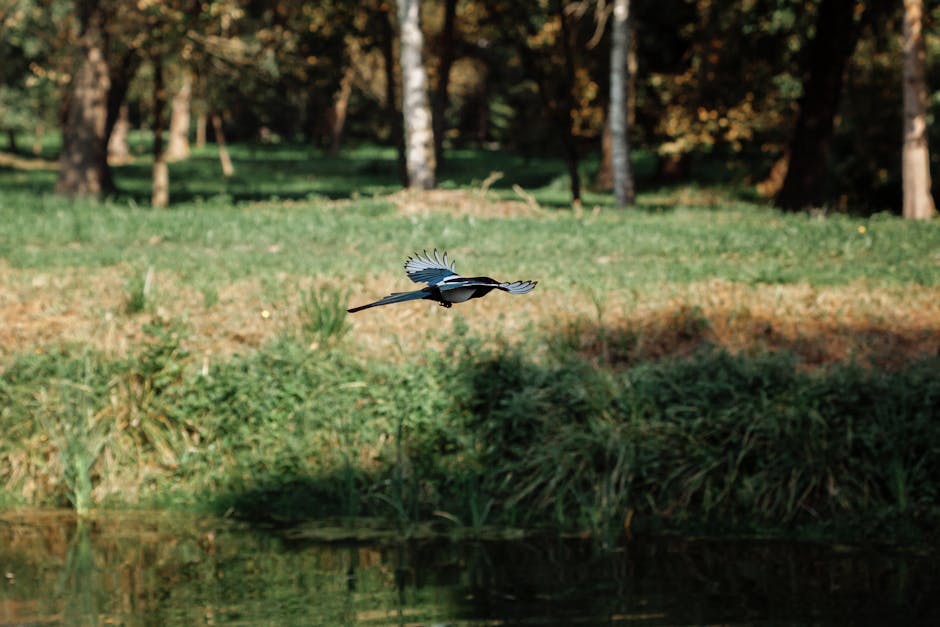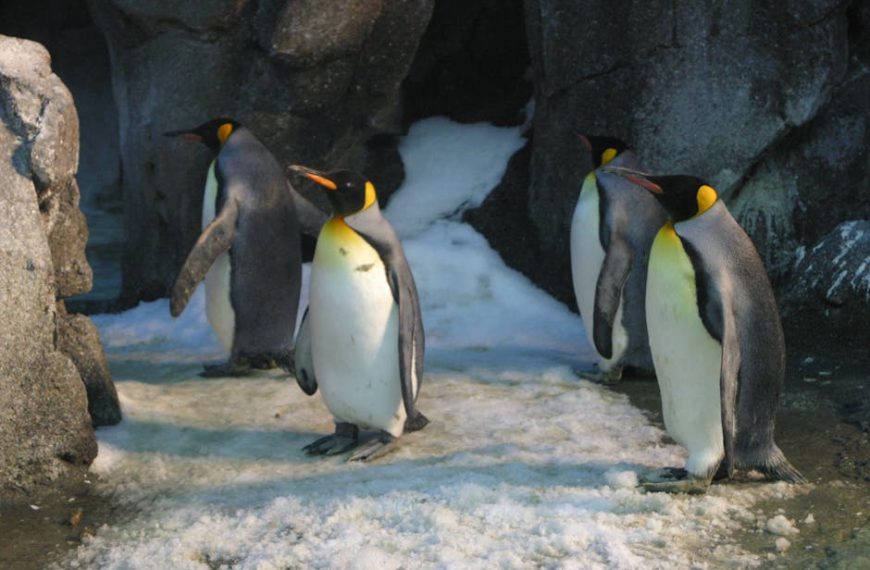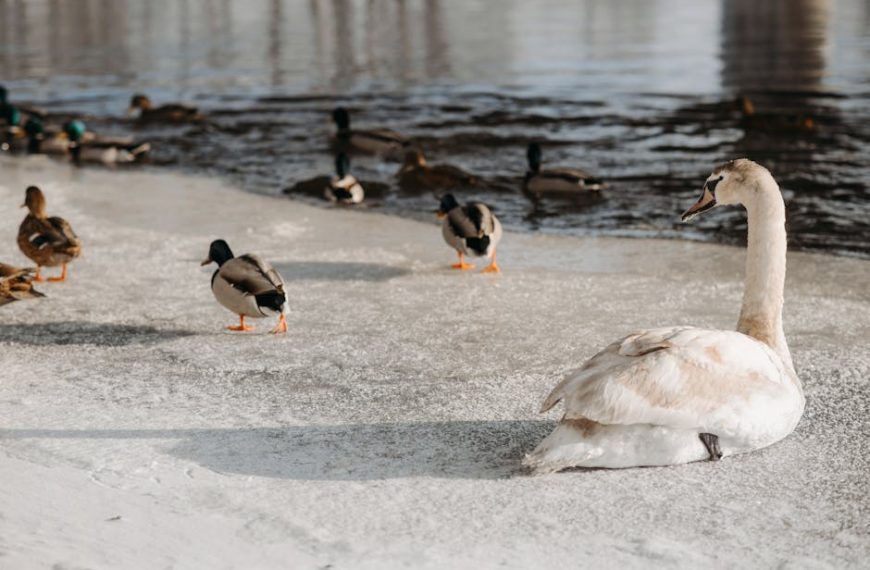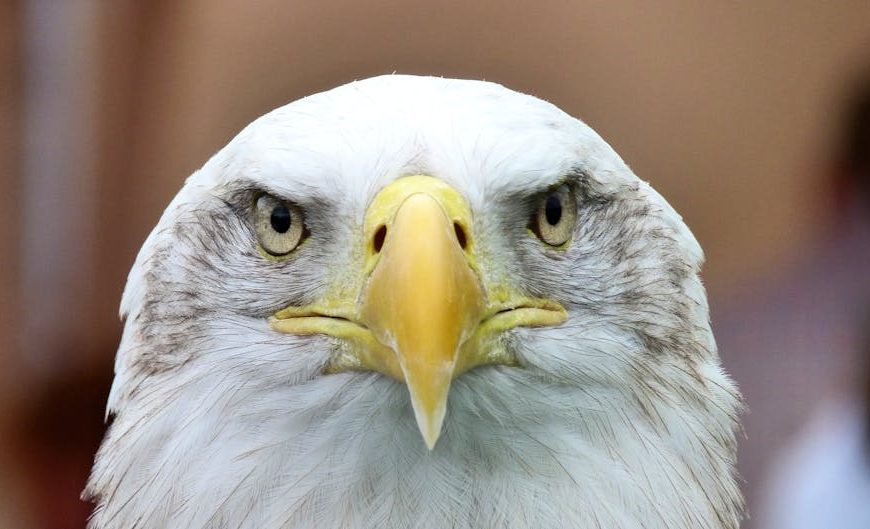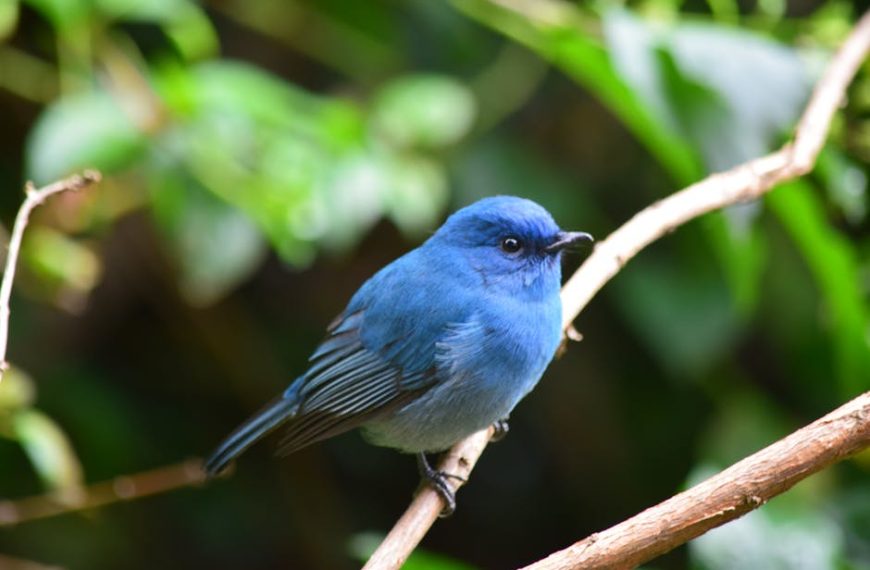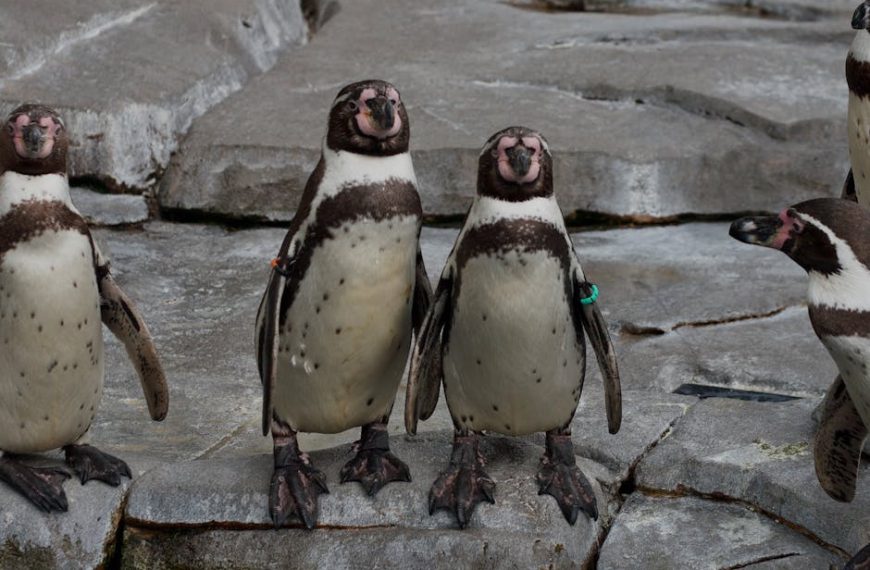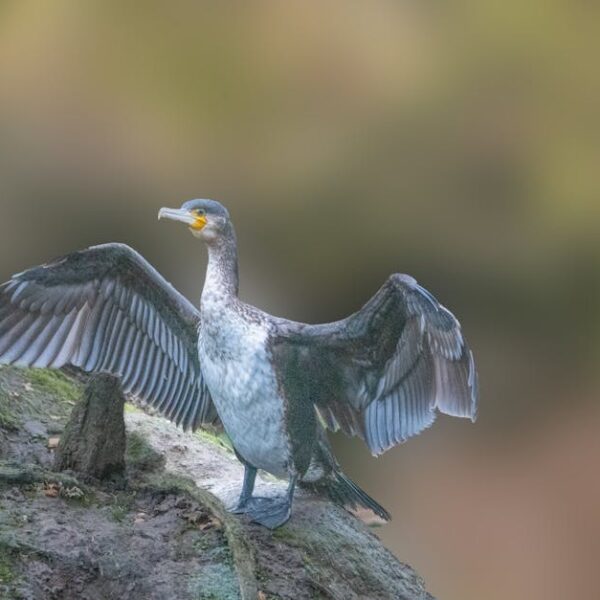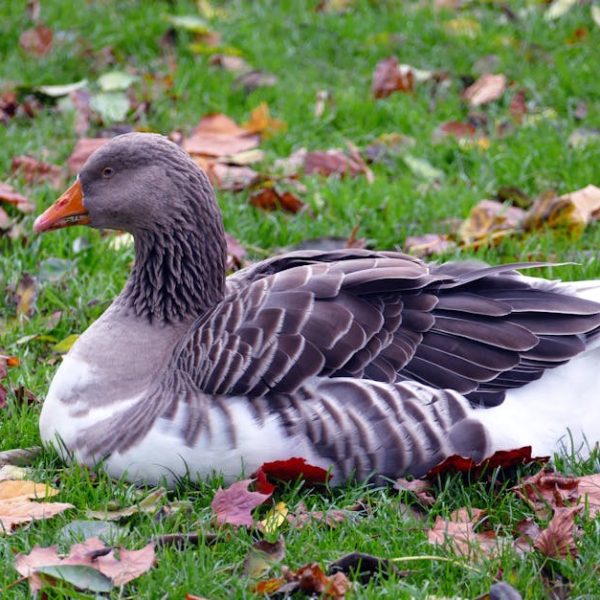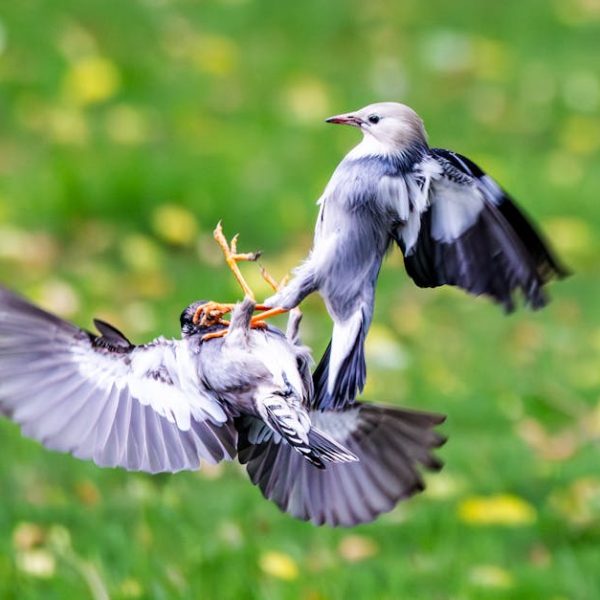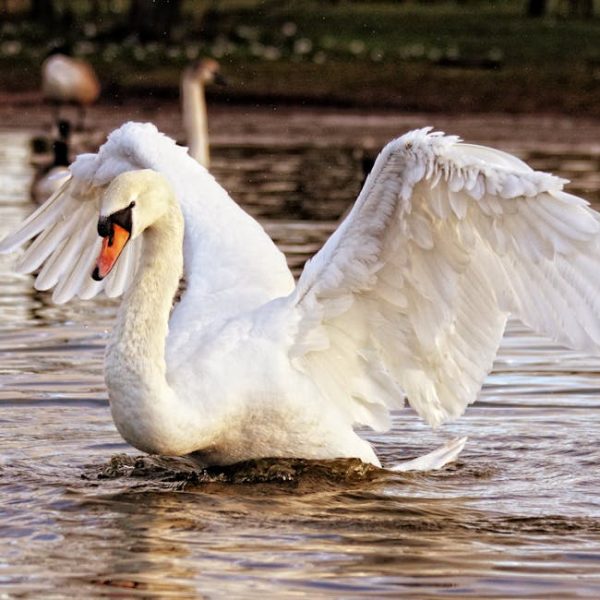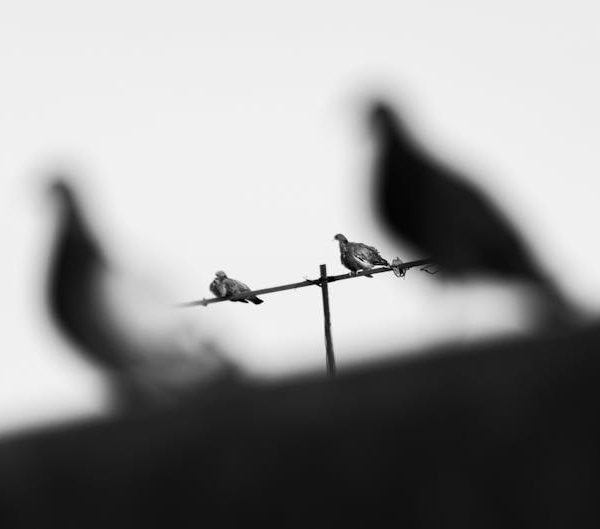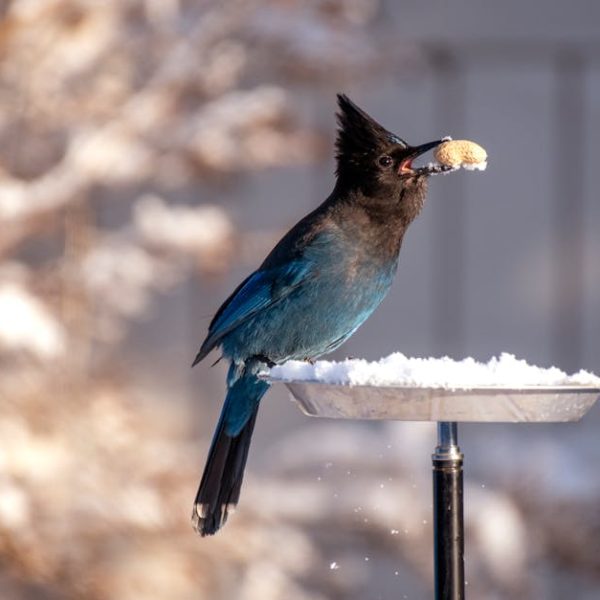Earth is home to an incredible variety of avian species—each with its unique colors, patterns, habitats, and behaviors. A distinctive group among them stands out due to their striking monochrome plumage. This eye-catching display, featuring just the timeless duo of black and white, imbues these birds with an undeniable allure. Here, we’ll delve into the intriguing world of several birds sporting black-and-white ensemble—comprising the Magpie, Black and White Warbler, Pied Kingfisher, Australian Magpie, and the Blacksmith Plover.
Magpie
The European Magpie, or simply, the Magpie, is a fascinating creature known for its glossy black plumage and contrasting white belly and wings adorned with iridescent green or purple hues.
- Size: 17-18 inches
- Lifespan: Up to 20 years
- Diet: Omnivorous (insects, seeds, carrion, eggs, and young of other birds)
Magpies are renowned for their intelligence and complex social structures. They’ve been found to exhibit self-recognition—quite a rare trait in the animal kingdom.
Pro tip: Recognizing a Magpie is relatively easy—look out for their long, chattering calls, flamboyantly long tail feathers, and the characteristic swooping flight.
Black and White Warbler
Streaked with contrasting black and white stripes akin to a zebra, the Black and White Warbler is a distinctive North American bird. This bird’s variety isn’t just skin deep—it has a unique ability to scale up and down trees like a creeper, a stark contrast to other warblers.
- Feeding Habits: Primarily insectivorous, it gleans insects from tree bark
- Breeding: Lays a clutch of 4-5 eggs annually
- Migration: Travels thousands of miles to winter in Central and South America
Best Practice: Always maintain a respectful distance and avoid sudden movements when observing. The Black and White Warbler can be skittish and might perceive the action as threatening.
Pied Kingfisher
The Pied Kingfisher, one of the most widespread species of Kingfishers, grasps attention with its spotted black and white plumage. These birds are a common sight over water bodies, demonstrating their admirable hovering skill before plunging in for a catch.
- Males: More elaborate double-breasted band than the female
- Females: Single breast-band
Pro tip: Lake shores and riverbanks with abundant fish supply serve as perfect vantage points to observe these birds in action.
Australian Magpie
Ranging across Australia and into Papua New Guinea, the Australian Magpie isn’t a close relative of the European Magpie but shares the monochrome plumage. They strike an impressive balance of beauty and brains, comparable to the European counterparts.
- Size: Larger than the European Magpie, 14-17 inches
- Wingspan: Broad wings with a span up to 27 inches
- Vocalization: Rich, melodious warbling
The Australian Magpie differs from the common magpie in physical and behavioral aspects—they even have diverse vocal abilities, singing complex melodies, and mimicking other birds’ calls.
Blacksmith Plover
Contrasting beautifully against the verdant African grasslands, the Blacksmith Plover’s black and white appearance, capped with a soft orange crown, is attractive. Their call—a high-pitched ‘tink-tink’— reminds one of a hammer striking an anvil, earning them their unique name.
- Behavior Traits: Quite bold and may aggressively defend their breeding territory
- Habitat: Wetlands and grasslands in sub-Saharan Africa
- Social Structure: Monogamous, with both parents helping to raise chicks
Navigating harmony with humans can be tricky for Blacksmith Plovers. While their adaptable nature allows them to cohabitate within human-dominated areas, this situation can also result in habitat loss through urban development.
Atlantic Puffin
The Atlantic Puffin, commonly referred to as the sea parrot due to its unique appearance, is a delightful bird. It has a black back and wings, white belly, and an unforgettable face compassed by grey and white shades with a bright orange beak. Puffins generally nest in coastal cliffs and only come ashore during breeding season.
- Size: Measures about 10 inches with a wingspan around 21 inches
- Lifespan: Long-lived bird, may reach up to 20 years or more
- Diet: Primarily feeds on small fish like herring and sand eels
Atlantic Puffins lead largely solitary lives out at sea, but can be quite social on land, often forming large colonies in the breeding season.
Pro tip: The best time to see Atlantic Puffins on land is during the breeding season which usually runs from April to mid-August.
Long-tailed Jaeger
Also known as the Long-tailed Skua, The Long-tailed Jaeger is an elegant bird, boasting an exemplary blend of black and white coloration. It has a dark grey torso and head, contrasted with white underparts and striking black cap that extends below the eye.
- Breeding: Nests on the arctic tundra, lays about 1-2 eggs annually
- Migration: They are long-distance migrants, often flying from the Arctic to the Southern Ocean
- Diet: Omnivorous, primarily consumes small mammals, insects, berries and other birds
Long-tailed Jaegers are fierce and energetic hunters, often pirating food from other birds.
Pro tip: To observe Long-tailed Jaegers, visit Arctic coastal areas during the Northern Hemisphere summer where these birds return for breeding.
Rhinoceros Auklet
Despite its name, the Rhinoceros Auklet is more like a puffin than an auklet, featuring a similar black and white pattern. This bird has dark upperparts and white underparts, with a peculiar structure on its bill that resembles a rhinoceros horn.
- Size: Measures about 15 inches in length with a wingspan up to 22 inches
- Diet: Feeds mostly on small fish and invertebrates
- Habitat: Nests in burrow in coastal cliffs or slopes
Rhinoceros Auklets spend most of their lives at sea, only coming ashore for breeding.
Best Practice: Night time offers the best chance to see these nocturnal birds on land. However make sure not to disturb the nesting sites.
Conclusion
The beauty of bird watching lies in uncovering infinite diversity within shared characteristics. Birds decked in black and white provide striking visibility, yet each species tells a distinct story through its unique behaviors and adaptations. Whether it’s the intelligent Magpies, the hovering Pied Kingfishers, or the migratory Black and White Warbler—each avian actor in this monochrome theater promises a captivating visual narrative waiting to be discovered. Happy birding!
Key Takeaway:
- This article provides a detailed exploration of several black and white bird species including Magpies, Black and White Warblers, Pied Kingfishers, Australian Magpies, Blacksmith Plovers, Atlantic Puffins, Long-tailed Jaegers, and Rhinoceros Auklets.
- For each species, the article provides key characteristics including physical appearances, behaviors, habitats, and diets, providing tips on how to observe them without disturbance.
- The species differ in their black and white representations, exhibiting unique behaviors, adaptations, and interactions, making each one a captivating experience for birdwatchers to observe.
Enjoy the captivating experience of bird watching where each species, even within similar appearance, unfolds a unique narrative. Whether you find yourself recognizing the distinctive calls of a Magpie or observing the incredible hovering skill of the Pied Kingfisher, revel in the diversity of our feathered friends and explore their awe-inspiring world of black and white!
FAQs
Q: Are there any other birds sporting the striking combination of black and white?
A: Aside from the species mentioned, there are indeed many more birds featuring black and white plumage. These include the African Pied Wagtail, Bufflehead Duck, Downy Woodpecker, and Black-billed Magpie, among others. It’s a global palette full of avian artistry waiting to be discovered!
Q: Do any of these bird species have population concerns or conservation status that I should be aware of?
A: Some species do face challenges due to habitat loss and climate change. For instance, the Black and White Warbler’s population has been decreasing, while Atlantic Puffins face threats from overfishing and oil spills. It’s always beneficial to stay informed about the conservation status of the species you observe.
Q: Can these birds be found in urban areas or mainly in the wilderness?
A: These birds inhabit a variety of environments, from urban parks to remote wilderness. Magpies and Pied Kingfishers can be commonly seen in urban parks near bodies of water, while others like the Black and White Warbler are more associated with forested areas.
Q: What’s the best way to approach bird watching to ensure I don’t disturb these creatures?
A: It’s essential to keep a respectful distance and avoid making sudden movements or loud noises that might startle the birds. You can use binoculars to get a closer look without intruding into their space. Also, remember not to feed the birds as it may disrupt their natural dietary habits.
Q: How can I contribute to the conservation of these birds?
A: You can contribute in a variety of ways, such as participating in citizen science projects, spreading awareness about the birds’ value and threats, supporting local and global conservation initiatives, and making bird-friendly choices in your lifestyle, such as planting native trees and reducing pesticide use.
If this article piqued your interest, please feel free to share it. We invite you to explore more wonderful posts about the fascinating world of birds on our website. Happy birding!
